|
|
In the face of a rapidly changing climate, it’s now more crucial than ever to make eco-friendly choices in our daily lives.
As homeowners, one of the most significant steps we can take towards sustainability is harnessing renewable energy at home, allowing us to reduce our carbon footprint and contribute to a greener future.
Fortunately, advances in technology have made it easier and more affordable than ever for households to adopt renewable energy solutions.
Read on to discover how you can make your home a beacon of sustainability and reduce your dependence on fossil fuels.
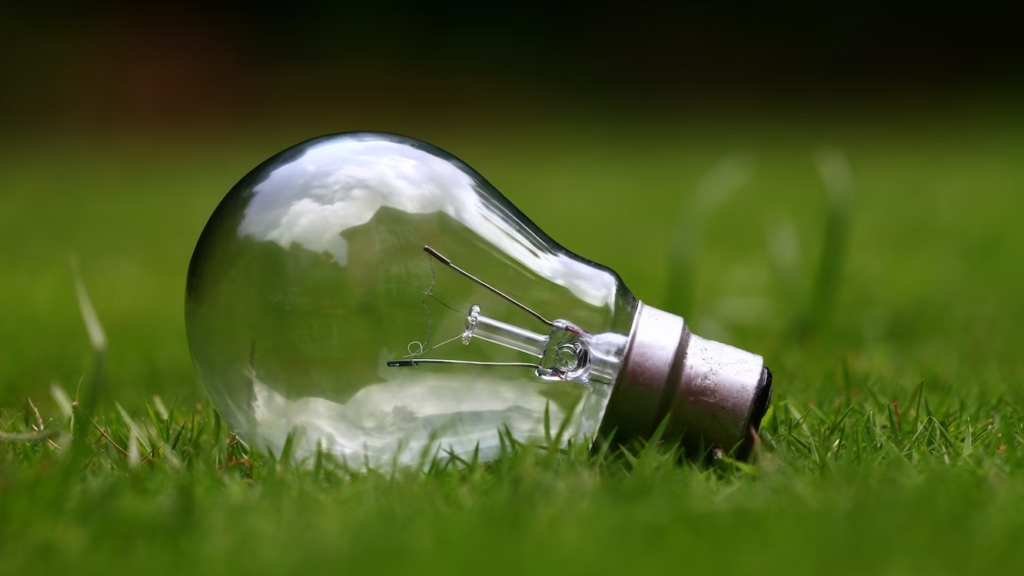
Key Takeaways
- Harnessing renewable energy at home contributes to a more sustainable future, reduces carbon footprint, and decreases reliance on fossil fuels.
- Solar panels and solar water heaters are effective ways to utilize solar energy for electricity and hot water needs.
- Wind turbines, both bladed and bladeless, can generate electricity from wind power, with differing levels of efficiency, noise, and environmental impact.
- Geothermal energy provides reliable heating and cooling solutions through ground-source heat pumps and direct-use geothermal systems.
- Microhydropower generators enable small-scale electricity generation from flowing water sources such as rivers and streams.
- Biomass energy offers eco-friendly waste management and energy production through biomass boilers and biogas digesters.
- Hybrid renewable energy systems combine multiple renewable energy sources for optimal home energy efficiency and sustainability.
Solar Energy
Solar energy is a clean and abundant source of renewable power that can be harnessed to provide electricity and heat for your home. Utilizing solar energy not only reduces your carbon footprint and reliance on fossil fuels but also saves on energy bills in the long run.
Two popular ways to harness solar power at home are through solar panels and solar water heaters.
Solar Panels
Solar panels, or photovoltaic (PV) systems, are installed on rooftops or ground-mounted structures to capture sunlight and convert it into electricity. These systems consist of multiple solar cells that generate direct current (DC) electricity, which is then converted into alternating current (AC) by an inverter to power appliances and lighting in your home.
The excess energy produced can either be stored using battery systems for later use or fed back into the grid, earning you credits on your utility bill.
The efficiency of solar panels has improved significantly over the years, making them more affordable and accessible for homeowners. Moreover, various government incentives and tax rebates further reduce the initial investment cost.
It is essential to consider factors such as the size of your roof, sun exposure, and local regulations when planning to install solar panels.
Solar Water Heaters
Solar water heaters provide an eco-friendly solution for meeting your domestic hot water needs by capturing sunlight and converting it into thermal energy. These systems consist of solar collectors mounted on the roof or ground, along with a storage tank that holds heated water.
There are two main types of solar water heating systems: active and passive systems. Active systems use pumps to circulate water or heat-transfer fluid through the collectors, while passive systems rely on natural convection to move heated water from the collector to the storage tank.
Both types offer effective ways of reducing energy consumption and lowering greenhouse gas emissions associated with traditional water heating methods.
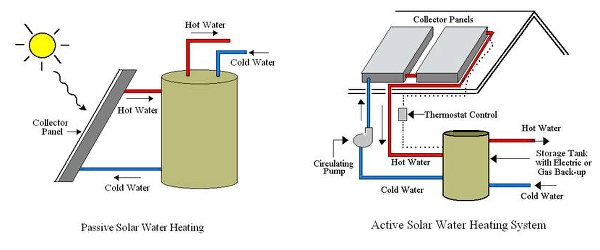
Taken from: https://buildersontario.com/solar-water-heater
Wind Power
Wind power is another renewable energy source with great potential for residential use. By harnessing the kinetic energy of wind, homeowners can generate electricity and reduce their dependence on non-renewable energy sources.
Bladed vs. Bladeless Turbines
Traditional bladed wind turbines consist of large rotating blades that capture wind energy and drive a generator to produce electricity. These turbines are available in various sizes, making them suitable for different residential settings, but they can be noisy and pose risks to birds and wildlife.
Bladeless turbines offer a more eco-friendly alternative by utilizing vibrations to generate electricity without the need for large rotating blades. These turbines operate silently and have minimal impact on the surrounding environment.
However, they are typically less efficient than bladed turbines, necessitating a careful evaluation of your energy needs and site conditions before making a decision.
| Factor | Bladed turbines | Bladeless turbines |
| Weight | Higher | Lower |
| Space | Requires a lot of space for optimal operation | Requires comparatively little space to work |
| Performance | Higher | Lower |
| Energy output | High | Comparable to a solar panel |
Geothermal Energy
Geothermal energy is a sustainable energy source derived from the Earth’s natural heat. This form of renewable energy offers reliable heating and cooling solutions throughout the year, irrespective of weather conditions.
Homeowners can access geothermal energy through ground-source heat pumps or direct-use geothermal systems.
Ground Source Heat Pumps
Ground source heat pumps (GSHPs) provide an efficient means of heating and cooling your home by leveraging the Earth’s stable underground temperatures. A network of pipes is buried in the ground around your property, circulating a fluid that absorbs or dissipates heat depending on the season.
These systems can significantly reduce your energy consumption and carbon emissions while maintaining a comfortable indoor climate year-round. GSHPs also require less maintenance than conventional heating and cooling systems, contributing to long-term cost savings.
However, the initial cost can be high, and you may need to consult with an expert to assess the suitability of your property for this technology.
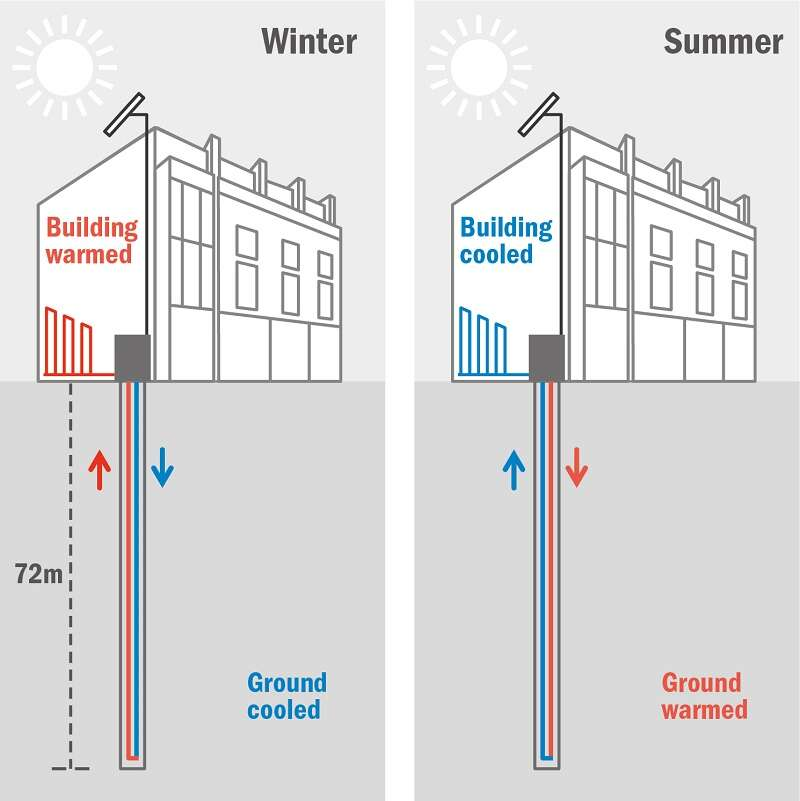
Taken from: https://www.iop.org/explore-physics/physics-around-you/sustainable-building/ground-source-heat-pump#gref
Direct-use Geothermal Systems
Direct-use geothermal systems involve tapping into underground hot water reservoirs to supply heat directly to homes and businesses. These systems require proximity to geothermal resources, making them less accessible for some homeowners.
However, if available in your area, direct-use geothermal systems offer an incredibly efficient way to heat your property, resulting in significant energy savings and much-reduced greenhouse gas emissions.
Microhydropower Systems
Microhydropower generators offer a small-scale and environmentally friendly approach to generating electricity from flowing water. These systems typically involve a turbine or waterwheel placed in a river, stream, or man-made channel to harness the kinetic energy of moving water and convert it into electricity.
The output of microhydropower generators depends on factors such as the flow rate and head (vertical distance) of the water source.
Before investing in a microhydropower system, it is crucial to ensure you have access to a consistent water source, acquire any necessary permits, and evaluate the potential environmental impact on local ecosystems.
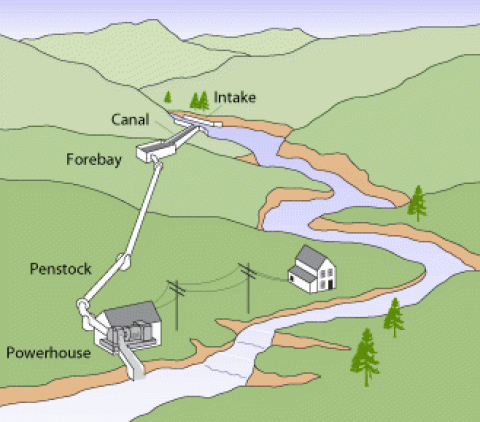
Taken from: https://www.energy.gov/energysaver/microhydropower-systems
Biomass Energy
Biomass energy refers to the generation of heat or electricity from organic materials such as wood, agricultural waste, and animal manure. This renewable resource offers a sustainable way to manage waste while reducing carbon emissions associated with traditional energy sources.
Biomass boilers and biogas digesters are two popular methods of harnessing biomass energy at home.
Biomass Boilers
Biomass boilers function similarly to conventional oil or gas boilers but instead burn organic matter like wood pellets or chips to generate heat. These systems can be used for space heating as well as domestic hot water production. By replacing fossil fuel-based heating systems, biomass boilers contribute to a significant reduction in your home’s carbon emissions.
When selecting a biomass boiler, consider factors such as fuel availability and cost, storage requirements, and maintenance needs. It is also essential to choose a boiler with an appropriate output capacity to meet your home’s heating demands efficiently.
Biogas Digesters
Biogas digesters are anaerobic digestion systems that convert organic waste materials into biogas – a mixture of methane and carbon dioxide – through the natural process of bacterial decomposition. This biogas can be burned to produce heat or electricity, offering an eco-friendly solution for waste management and energy production.
Installing a biogas digester at home helps reduce waste disposal costs and decrease greenhouse gas emissions by diverting organic waste from landfills. However, these systems require regular maintenance and monitoring to ensure optimal performance and safety.
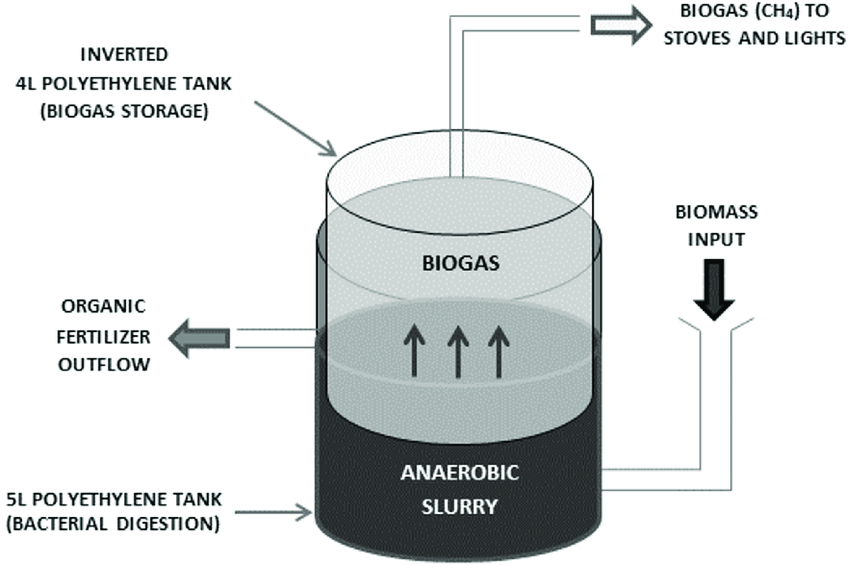
Hybrid Renewable Energy Systems
A hybrid renewable energy system combines multiple renewable energy sources to optimize your home’s energy efficiency and sustainability. These integrated systems typically involve solar panels & wind turbines, battery storage, and sometimes other sources like microhydropower or geothermal energy.
Hybrid systems provide greater energy independence by ensuring continuous power supply even when one resource is unavailable due to weather conditions or seasonal variations. By reducing your reliance on the grid and minimizing the need for backup generators, hybrid renewable energy systems offer long-term financial savings and contribute to a greener future.
Final Thoughts
Harnessing renewable energy at home is a powerful way to contribute to a more sustainable future while reducing your carbon footprint and reliance on fossil fuels.
With numerous options like solar panels, wind turbines, geothermal systems, microhydropower generators, and biomass energy solutions available, homeowners can choose the best combination of technologies tailored to their specific needs and preferences.
By embracing these eco-friendly alternatives, you not only pave the way for long-term financial savings but also play an active role in creating a cleaner, greener environment for generations to come.
So take the first step today towards transforming your home into a beacon of sustainability and lead by example in the battle against climate change. We have only one planet, and every effort counts in preserving its precious resources and ensuring a brighter future for all.









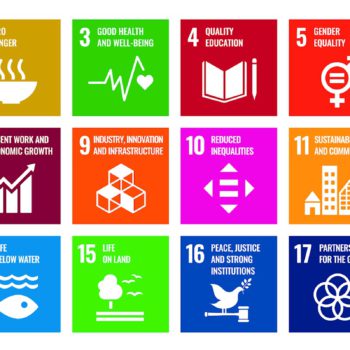
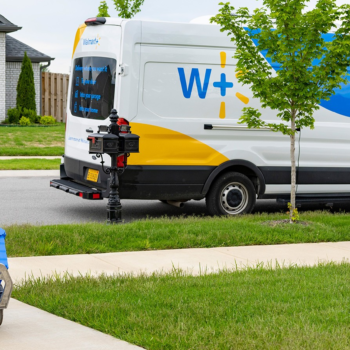


No Comments